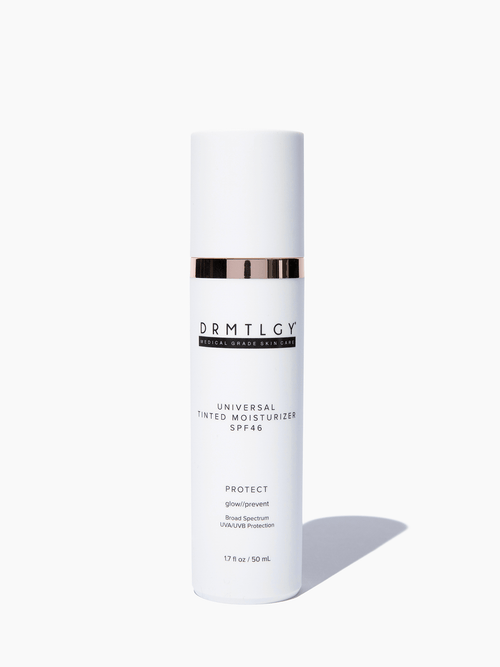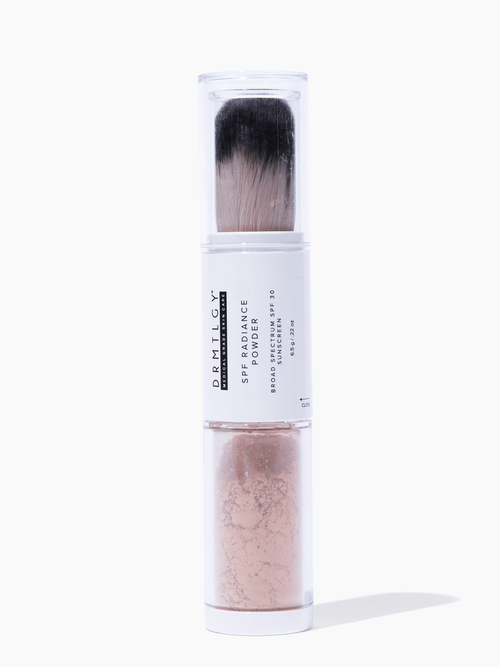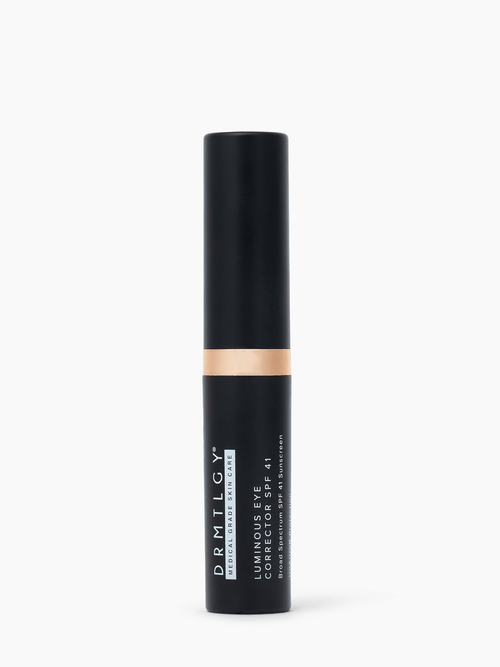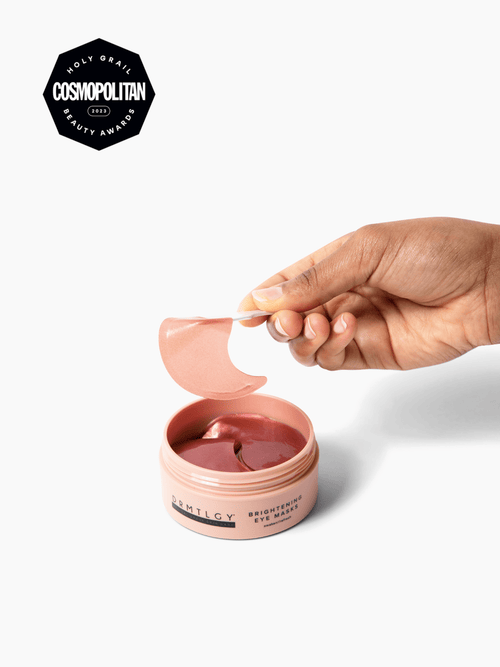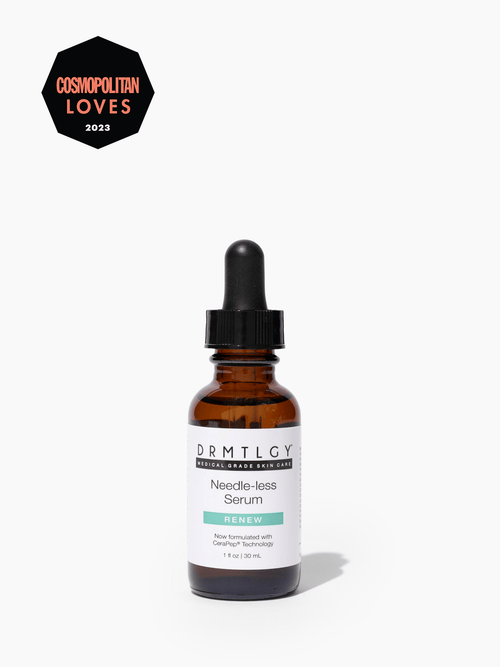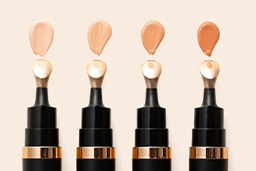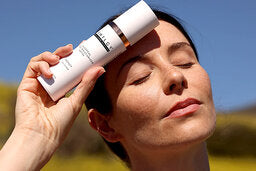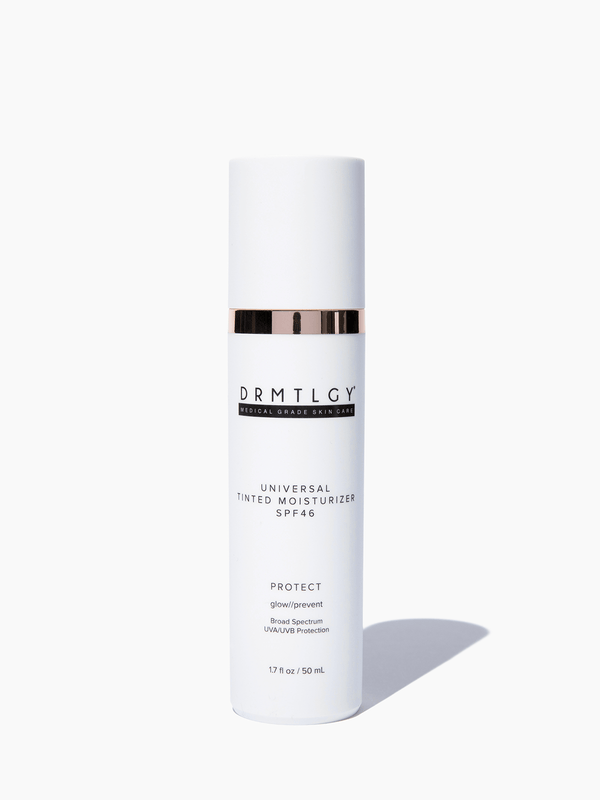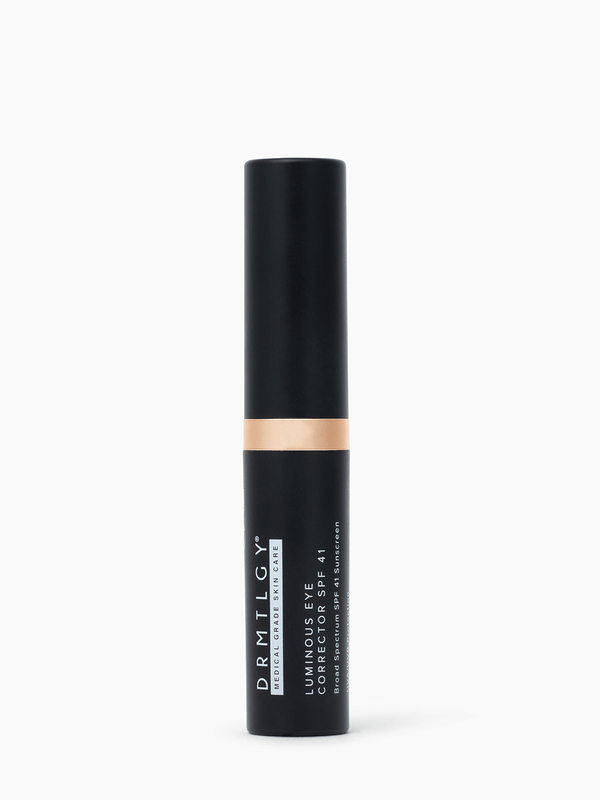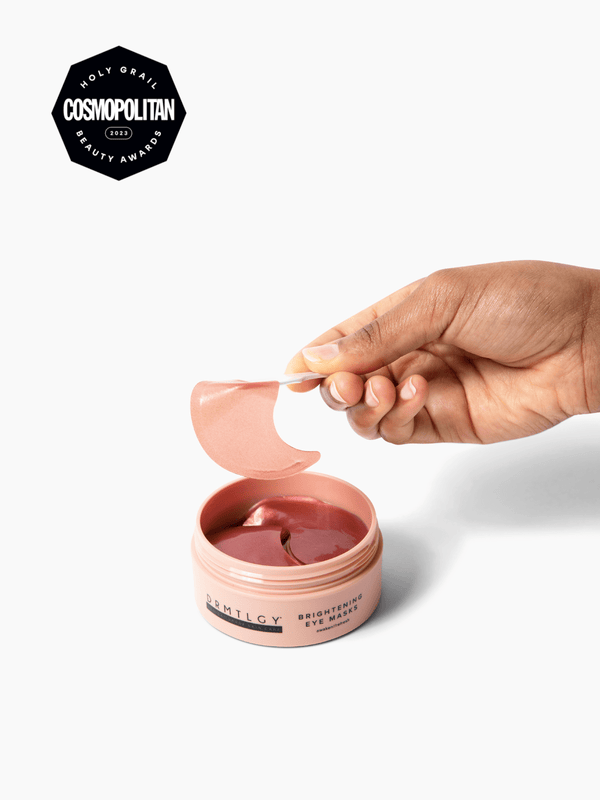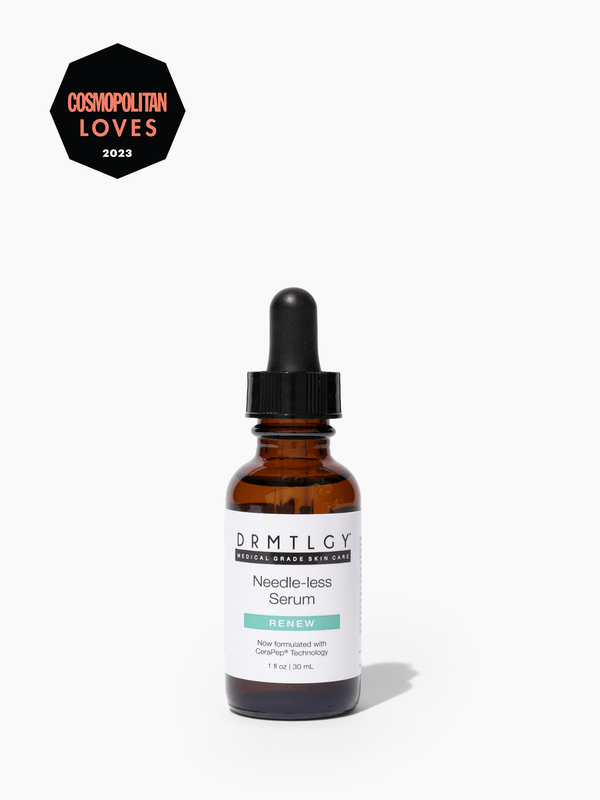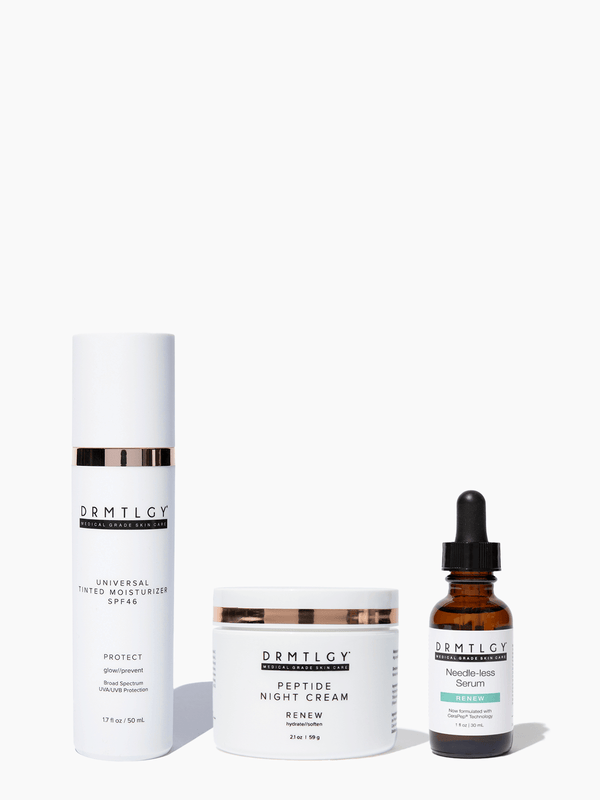Consider your skin a miracle. It can heal itself even under dire conditions, and it adapts and grows to fit your body as it changes over time. The most obvious, drastic examples are the changes that take place during puberty and pregnancy.
However, despite your skin’s strength, your cells still have a limit on how far they can stretch. When they exceed these limits, stretch marks can form. These “stripes” aren’t harmful in any way, though. Most people will have stretch marks somewhere on their body, and up to 90% of all pregnant women will get them.
In most cases, you can’t get rid of them completely. However, there are steps you can take to reduce their appearance if you’re feeling self-conscious.
Here, we’ll break down what these marks are and how they form, as well as the all-important question: How can I get rid of my stretch marks?

What Causes Stretch Marks?
Stretch marks, also called striae, are caused by your body’s rapid growth or weight gain. Most people get stretch marks on their stomach, arms, legs, or buttocks, but they can appear on any other part of your body as well. New stretch marks can be red or purplish in color, and as they heal over time, they fade to a shiny white -- similar to how a scar might look.
But why do stretch marks change in color?
To answer that, let’s talk about how stretch marks form in the first place.
Your skin is made up of three distinct layers:
- The epidermis, the topmost layer that receives most of the benefits from your skincare routine
- The dermis, a middle layer of tissue that also houses your hair follicles and sweat glands
- The hypodermis, the bottom layer made up of mostly tissue and fat
As your body grows and changes, collagen fiber bundles in your dermis stretch to adapt to your body’s new shape. However, if they stretch too far or too quickly, they snap like rubber bands. When that happens, the blood vessels underneath begin to show -- giving fresh stretch marks their distinct look.
Over time, these marks turn white. The broken collagen fibers don’t offer your skin the same kind of support, and that’s why stretch marks feel “lower” than the surrounding skin when you run a finger over them.
Full disclosure: This stretching and breaking of collagen fibers is the reason why stretch marks are so difficult to get rid of. However, newer stretch marks are easier to treat than ones that are fully healed. Keep in mind also that the extent of your stretch marks will also determine the results of any treatment.
Who is Most Likely to Get Stretch Marks?
Stretch marks typically affect those experiencing growth spurts or weight gain in a relatively short amount of time. Pregnant women and teenagers going through puberty may come to mind immediately, but stretch marks also affect:
- Those taking corticosteroid medication
- Extreme dieters
- Bodybuilders and weight trainers
- Those with Cushing’s syndrome or Marfan’s syndrome
Genetics and hormones also seem to play a part in whether or not you get stretch marks. If your family members have prominent marks, there’s a chance that it runs in your family.
How to Get Rid of Stretch Marks at Home
Exfoliation
Although regular exfoliation isn’t enough to fade stretch marks on its own, this practice removes dead skin from your epidermis and allows other treatments to penetrate your skin more effectively.
Physical exfoliators like scrubs can be used on body parts with tougher skin, like your legs and arms, but use a chemical exfoliant on areas with more sensitive skin, like your armpits or breasts.
Retinoids
Regular application of these vitamin A derivatives boosts collagen production and encourages faster skin cell turnover -- making them ideal for stretch marks.
There are many over-the-counter retinol products available, but one study shows that tretinoin seems to be the most effective one for combating stretch marks. However, tretinoin is a prescription-only ointment, so you’ll need a script from a doctor or dermatologist for it.
To prevent your skin from drying out, start by applying your retinoid of choice over the affected area two to three times a week at first. After about two weeks, you can ramp up application to once a day or every other day if your skin isn’t irritated by the retinoid. These benefits appear to have the most effect on newer stretch marks though, so you’ll want to start this routine as soon as you see them show up.
A word of caution: If you’re pregnant or breastfeeding, avoid using retinoid products completely. The ingredients can get into your bloodstream and cause harm to your child.
(Want to learn more about retinol and the skin-renewing benefits it brings? Read this blog post.)
Clinical Stretch Mark Treatment Options to Consider
Retinoids are a great option if you’re looking for an affordable treatment that provides more “natural,” gradual results. But, if you’re open to more cost-intensive alternatives with drastic effects, here are three options to look into with your doctor.
Laser therapy
With this choice, a dermatologist uses a laser to penetrate your skin and trick the skin cells into thinking they’re injured. By jumpstarting the healing process in this way, your doctor can trigger collagen production and help repair your stretch marks.
Ask your doctor if they offer treatments using the ICON 1540 Fractional Laser, as this is the only laser that is approved by the FDA to treat stretch marks. Patients who have undergone a few sessions of this treatment have seen a marked improvement in the appearance of their stretch marks.
Microneedling
A relatively new medical treatment offered at medical spas, clinics, and the like, microneedling uses a rolling device to puncture the skin with tiny needles. Just as with laser treatments, microneedling promotes your skin’s healing factor and prompts your cells to create more collagen.
In fact, a study showed that microneedling helped treat acne scars on patients with darker skin, so this procedure can bring the same benefits to your stretch marks as well.
Despite the description, this treatment is a relatively painless one. But if you’re concerned about the pain, you can ask about getting topical anesthesia beforehand to reduce any discomfort.
Microdermabrasion
Think of microdermabrasion as “exfoliation on steroids.” In this treatment method, a doctor uses exfoliating crystals or an exfoliating wand to remove dead skin cells and exfoliate your epidermis.
Although all three of these treatment options can be effective on stretch marks, keep in mind that it can take several sessions done at regular intervals before you see results, especially if you have very prominent or old marks. If you’re interested in any of these options, talk with your doctor or dermatologist to find out which procedure is right for you.
Stretch marks differ from person to person, so the treatment you need and your results will also be different. Take care to do your due diligence on the treatment that is right for you, and consult your doctor or dermatologist if necessary.
And if you have any skincare questions, feel free to use us as a resource! Ask an expert your deepest, burning questions -- just make sure to leave some details about your skin type and skin concerns so we can address your question accurately.
References
Cochrane Database of Systemic Reviews, November 2012, Issue 11
Archives of Dermatology, May 1996, Volume 132, Issue 5, pages 519-526
Skinmed Journal, March-April 2010, Volume 8, Issue 2, pages 80-86
Journal of Lasers in Medical Sciences, Autumn 2014, Volume 5, Issue 4, pages 194-198
Journal of Cosmetic Dermatology, December 2011, Volume 10, Issue 4, pages 317-323
Journal of Cosmetic Dermatology, June 2016, Volume 15, Issue 4, pages 503-513